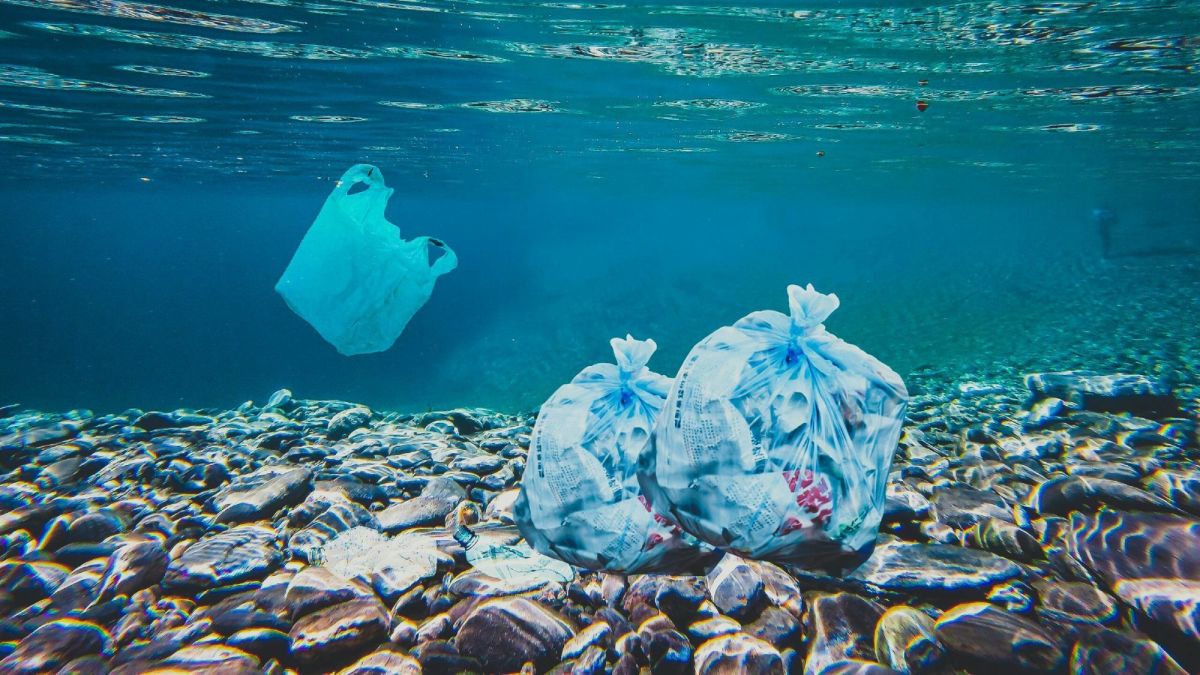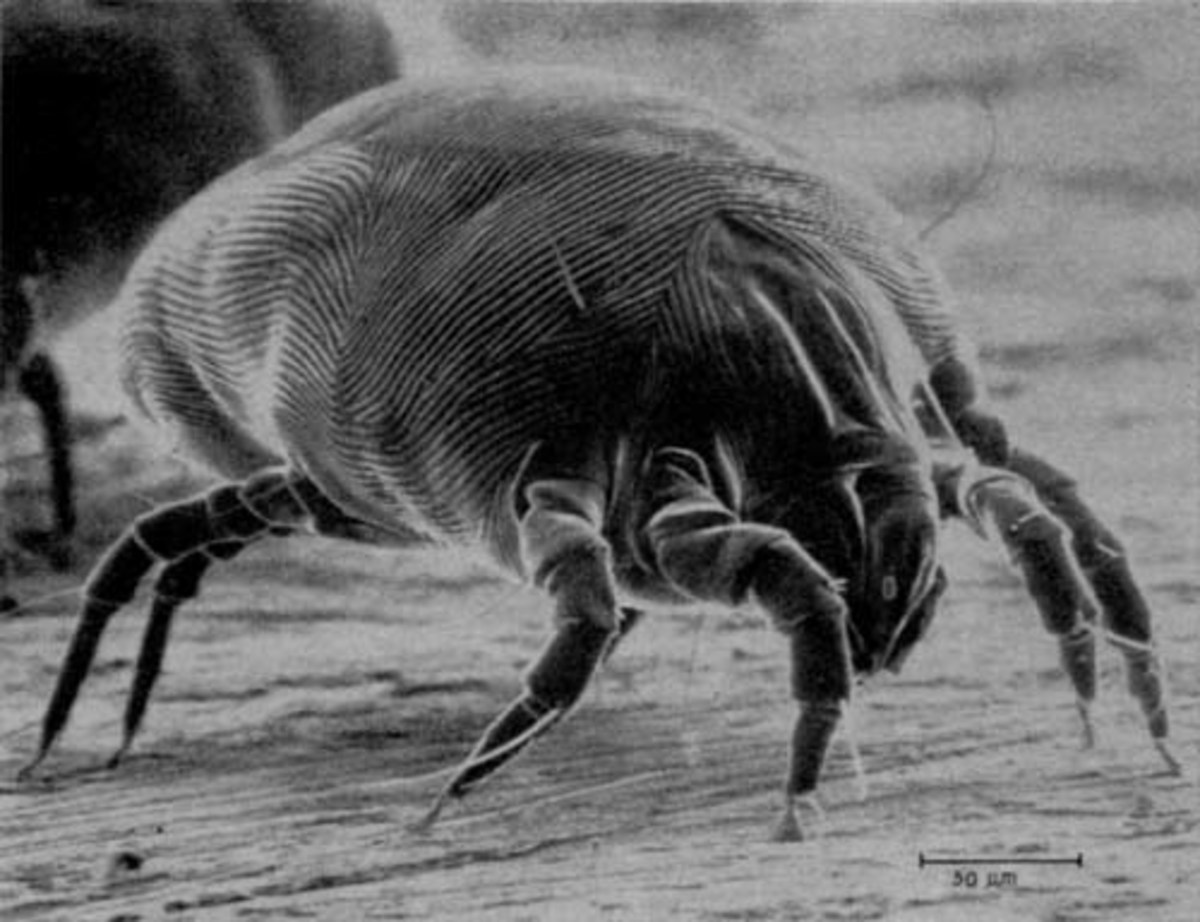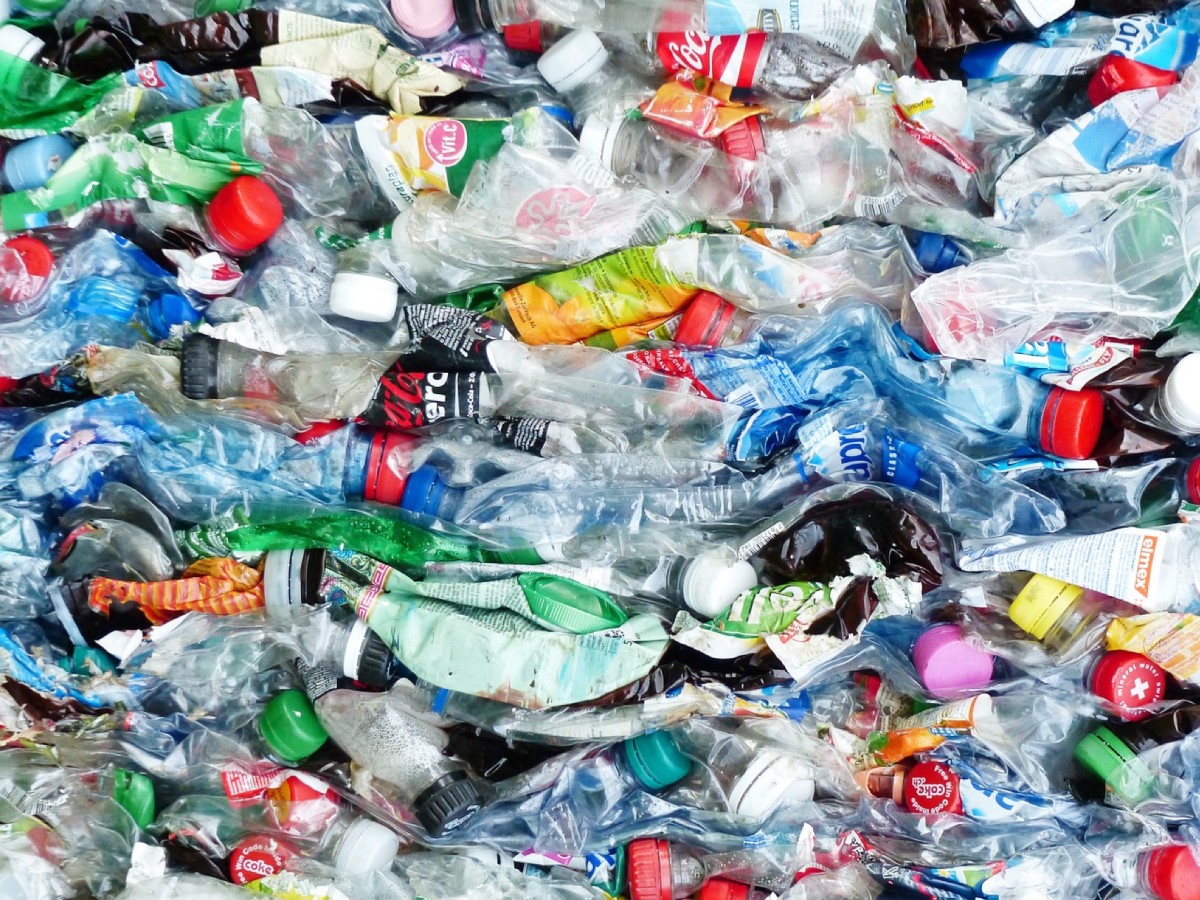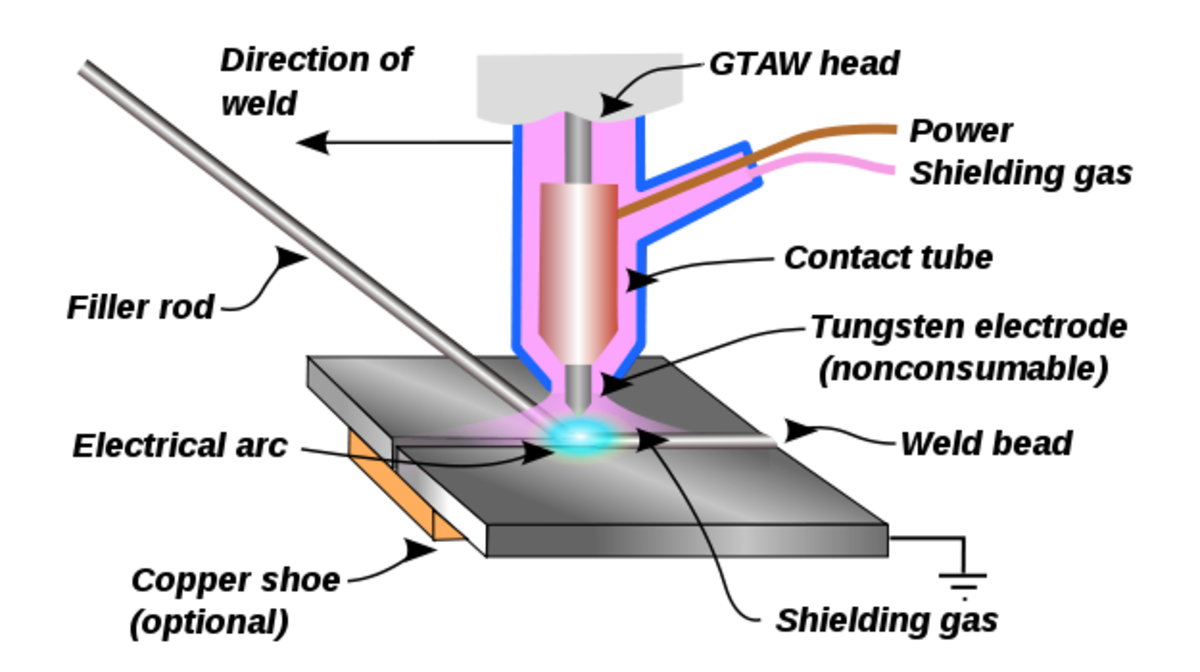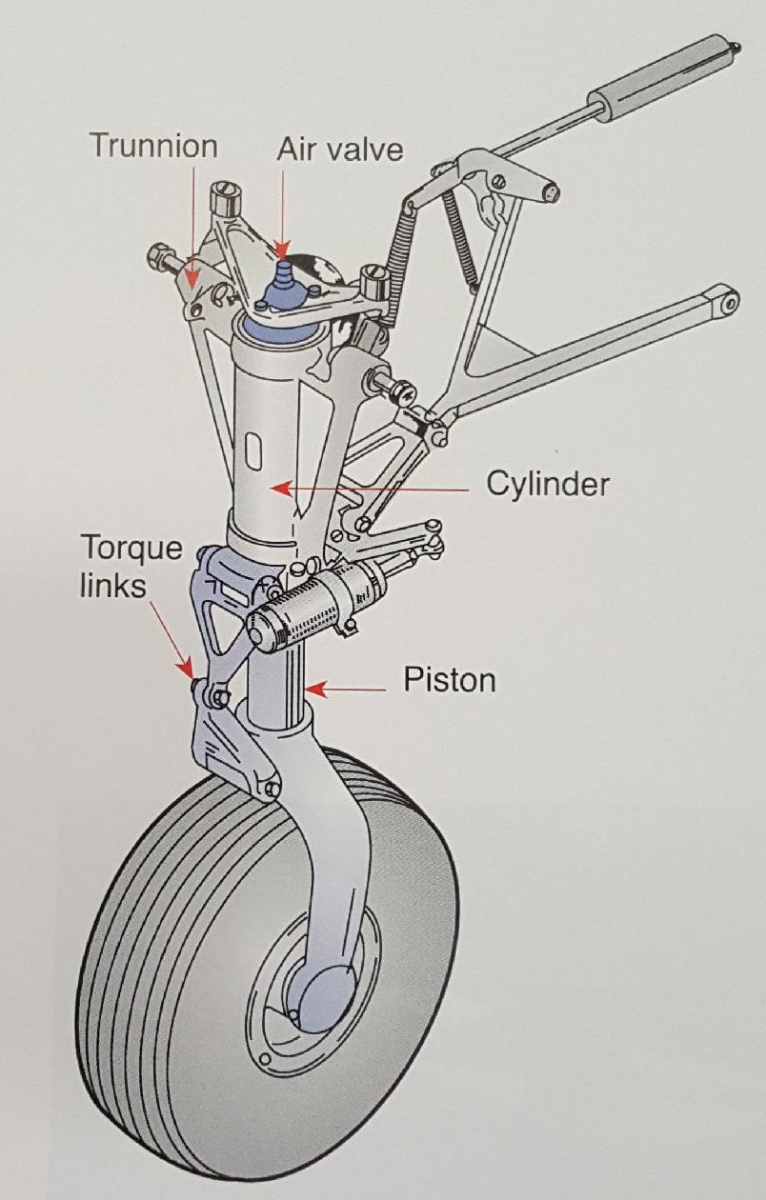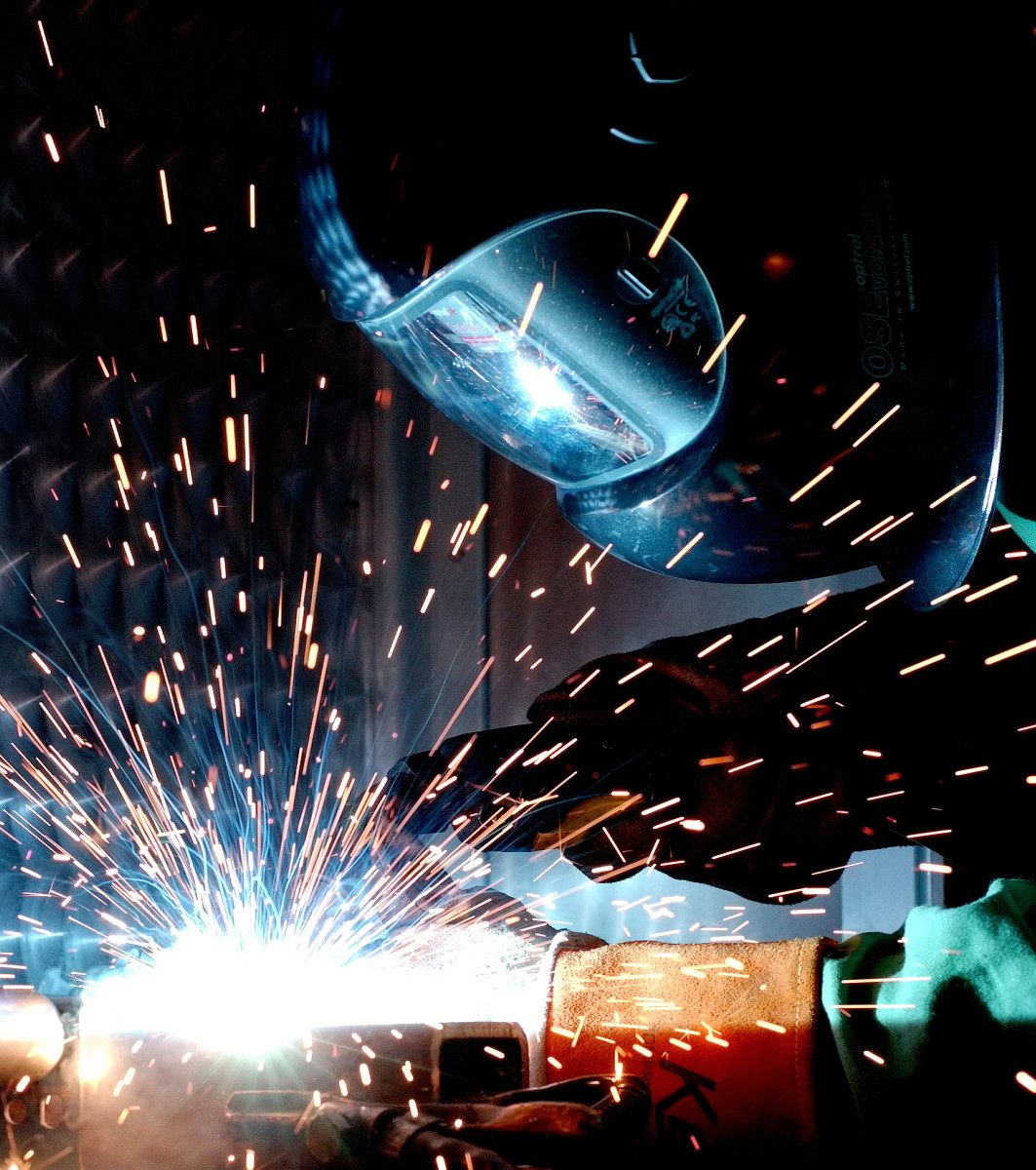This Is How Technology Solves the Growing Problem of Solid Waste.
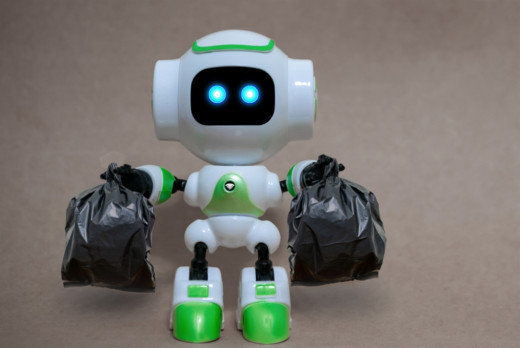
The waste problem is expected to intensify in the coming years, with World Bank figures and projections suggesting that the world's solid waste production (2 billion tons per day) will increase by about 70 percent by 2050, which will see increased pressure on urban infrastructure. It will be 68 percent of the world's population, according to the World Bank's projections.
In contrast, the waste management market, which is expected to reach $530 billion by 2025, has flourished. According to a report by research firm Alaed Market Research, driven by technological development.
Waste Power Generation
Copenhagen recently opened a waste power plant, pushing the capital forward in its quest to become the world's first carbon neutral city by 2025. Instead of fossil fuels, the plant burns waste and can convert 450,000 tons of waste into energy annually, bringing electricity to 30,000 homes and heating to 72,000. Cities such as Addis Ababa, China's Shenzhen and Hanoi, Vietnam, have joined Copenhagen in adopting this technique.
Although the burning technology produces CO2 emissions, the city plans to install a system to capture and store released carbon, store it or find commercial use. This will also help them move away from their dependence on fossil fuels.
Smarter Systems
On the other hand, other cities have begun to use artificial intelligence and automation to sort recyclable materials to reduce the amount of waste dumped. Singapore and Seoul in South Korea have put smart solar-powered garbage bins on their streets. Each is equipped with a compressor that enables it to carry more waste so that box sensors alert the waste collectors immediately once the box is full.
In Norway, the recycling rate of household waste in 2018 rose to 37 percent after Oslo followed a smart model to reduce the number of garbage trucks.
Since 2012, the city's residents have been using colored bags for various types of waste so that trucks can collect them at once before being transported to an optical sorting plant, which in turn works on optical reading technology, which detects the color of the bags with 98 percent accuracy.
This content is accurate and true to the best of the author’s knowledge and is not meant to substitute for formal and individualized advice from a qualified professional.
© 2020 Hafiz Muhammad Adnan


